XPG Alpha Wireless review: a gaming mouse great?
The XPG Alpha Wireless is a competent enough gaming mouse, but it does feel a little cheap
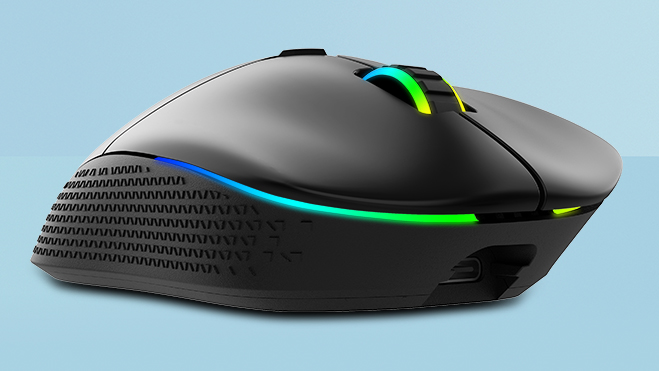
XPG’s Alpha Wireless gaming mouse works well enough – performance-wise, it provides what most gamers, apart from the truly hardcore, will need, with a serviceable 60-hour battery life, RGB lighting and up to 16,000DPI resolution. But it is let down by its use of cheap plastics, is relatively heavy and in general fails to generate much excitement.
-
+
16,000DPI resolution handy with multi-monitor setups
-
+
Relatively cheap for a mouse with RGB lighting
-
+
Decent ergonomic design
-
-
Feels a little cheap
-
-
Questionable feel from mouse-wheel
Why you can trust T3
Taiwanese outfit XPG – a sub-brand of storage giant Adata – is a relative newcomer to the world of gaming hardware, and as yet is not one of the sector’s biggest names when it comes to the best gaming mice.
On paper, its Alpha Wireless gaming mouse could go some way towards rectifying that: it has a decent specification, with a resolution of up to 16,000DPI for ultra-sensitivity, high-quality Omron switches underpinning its buttons, RGB illumination, and a decent 60-hour battery life.
In this XPG Alpha Wireless we'll get into the detail of how this gaming mouse performs and, crucially, how it feels in real-world use and, therefore, whether it's worth buying...
XPG Alpha Wireless: price and availability
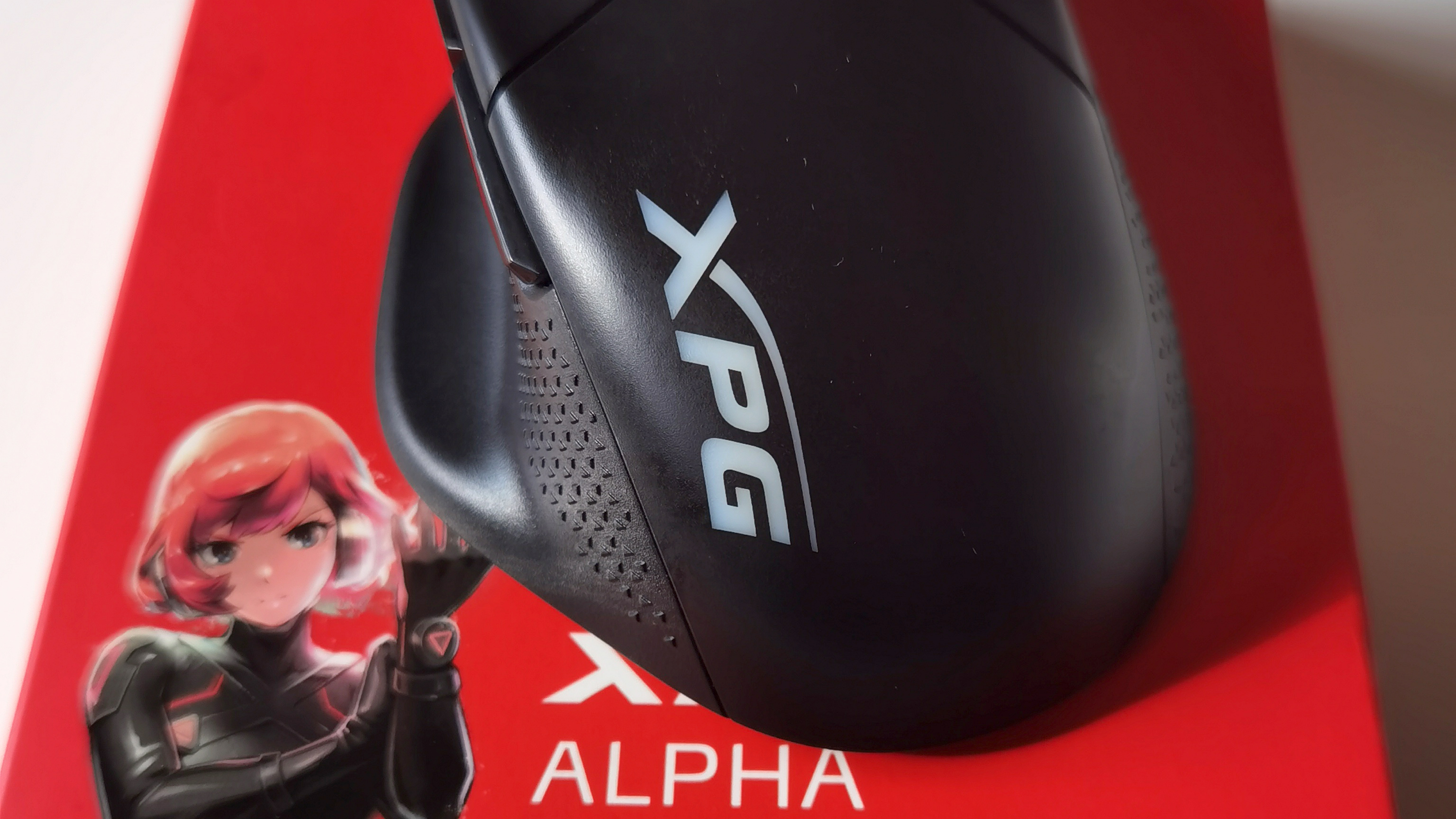
XPG’s Alpha Wireless gaming mouse can be purchased now, at a price of £65.99/$79.99/AUD$114.99.
So at under £70 in the UK, it’s one of the cheaper gaming mice out there – handily in these financially tricky times.
XPG Alpha Wireless review: design
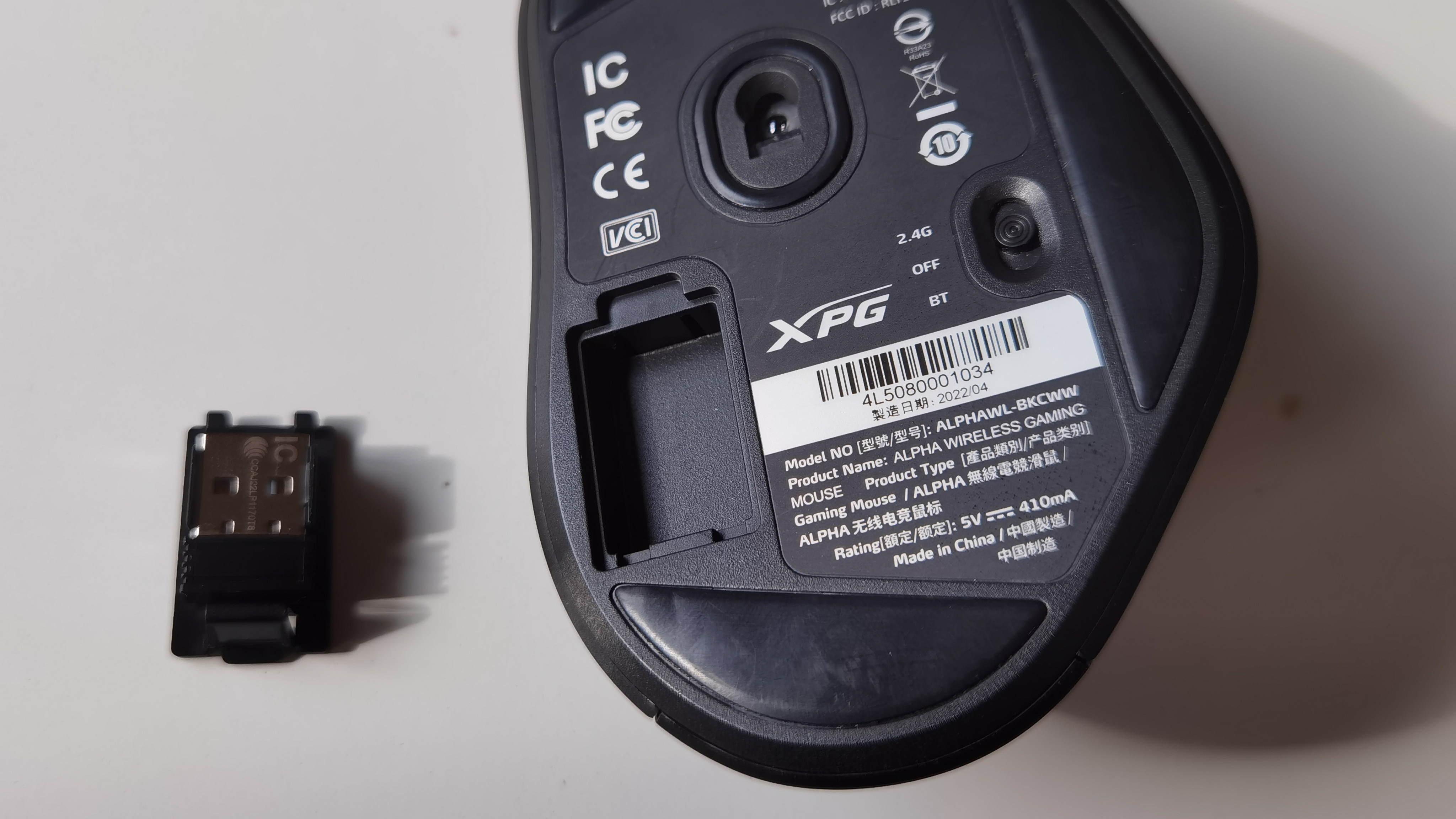
Design-wise, he XPG Alpha Wireless is tidy enough, with a small-but-useful thumb-rest and a typical button configuration, with two nicely accessible programmable buttons above your thumb and a triangular button where the two main buttons meet, which can be used to quickly switch resolutions. One very welcome touch is a flap on the underside which lifts up to offer storage for the 2,4GHz wireless dongle.
This mouse has RGB LEDs below its XPG logo, the main buttons and mouse-wheel. Both sides are slightly bobbled, rather than smooth, which feels pleasant enough and helps you to grip it. It’s relatively heavy for a gaming mouse, though, which will probably put off those with aspirations to pursue an esports career in fast-twitch FPS games.
Get all the latest news, reviews, deals and buying guides on gorgeous tech, home and active products from the T3 experts
But there’s one design drawback which is impossible to ignore from the moment that you unbox it: the plastic in which the Alpha Wireless is finished is cheap, hard and rather ugly, so no matter how well it performs, you’re never able to escape the impression that it feels cheap to the touch.
It does, at least, have three gel pads on its underside, which render it able to cope with whatever surfaces you throw at it.
XPG Alpha Wireless review: performance
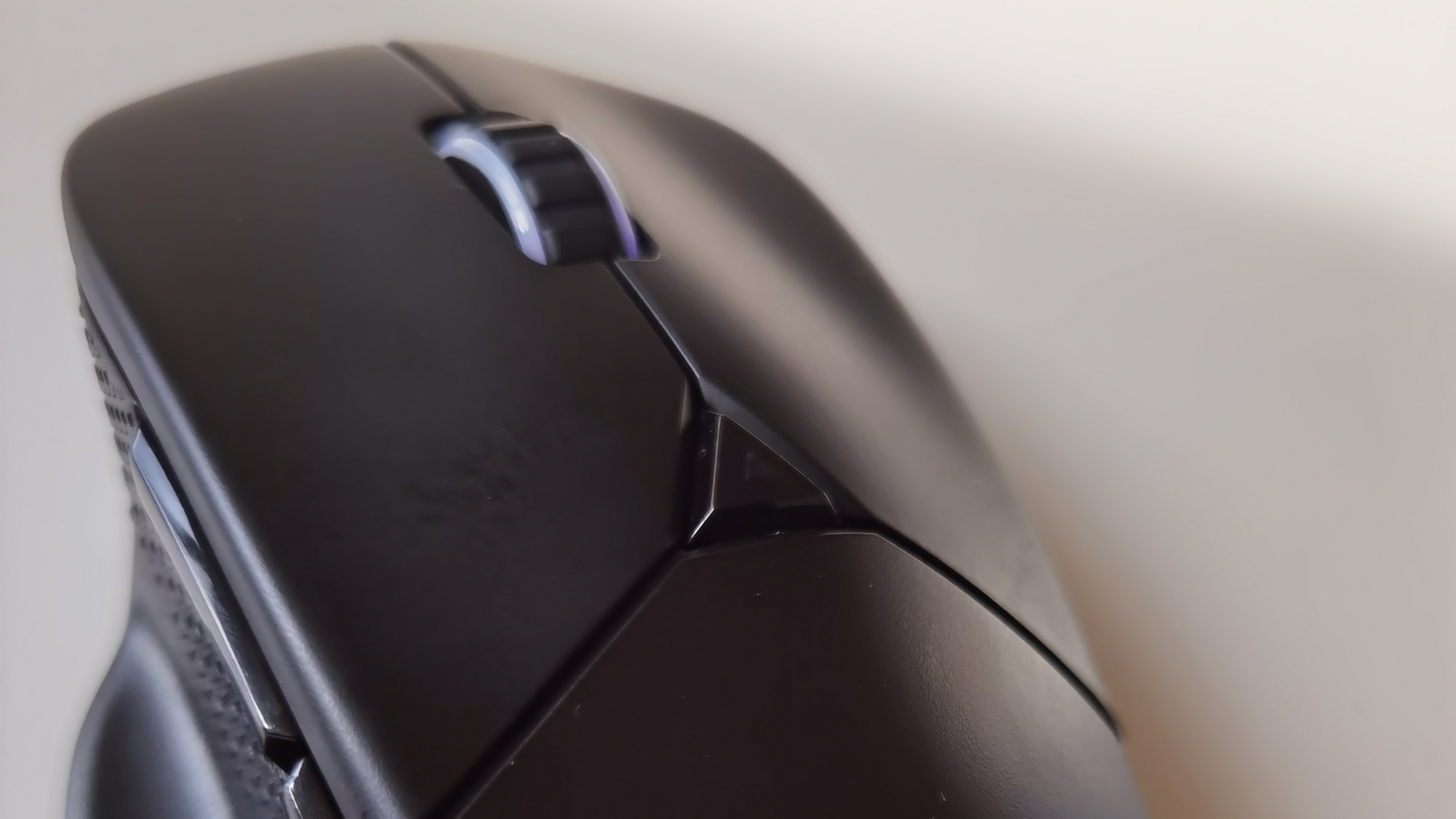
That air of cheapness is a shame, since the XPG Alpha Wireless performs pretty well. Its main buttons are great, providing decent feel, although its wheel feels a bit hollow and loose, despite being as responsive as you could ask it to be. We tested it with Apex Legends and Elder Scrolls Online, and at no point did it even threaten to let us down.
Its accompanying software, XPG Prime, also did what we hoped it would – albeit in a slightly ragged-around-the-edges manner. Like the Alpha Wireless itself, it’s functional rather than polished, pulling up all manner of text-based windows in Windows 10 while it got itself up and running. But once it was running, it let us choose from a number of RGB colour sequences, set presets for the resolution button, and allocate specific functions to its buttons. It defaults at 400DPI, which is perfect for everyday computing on a single-screen setup, but can be crunched down further, to 100DPI.
If you aren’t a fan of dongles, the XPG Alpha Wireless can also be set to operate over Bluetooth, which is good. That ups the mouse’s latency slightly on paper but in practice, when we used it via Bluetooth, we didn’t encounter any responsiveness problems.
XPG’s claims that the Wireless Alpha operates for 60 hours on a single charge happily proved accurate. There are other mice with longer battery lives, but 60 hours is pretty decent, meaning that even with pretty heavy use, you’ll only have to recharge it (via a supplied USB-A to USB-C cable) once a week or thereabouts.
XPG Alpha Wireless review: Verdict
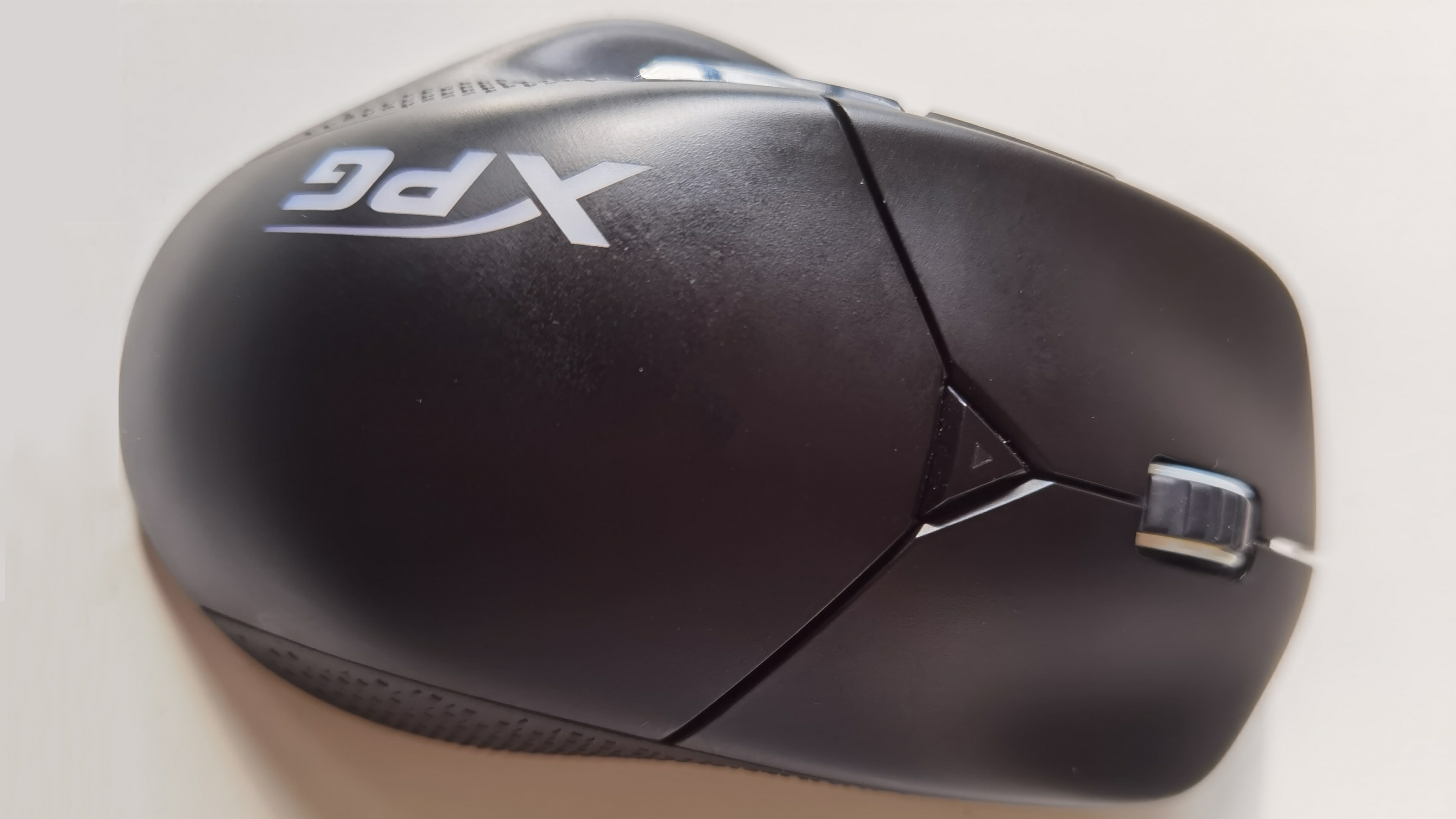
The Alpha Wireless is the sort of gaming mouse that you might expect a company which is feeling its way into the production of gaming hardware to come up with. It has a decent, if not over-ambitious specification, and it works well, without being in any way spectacular.
But gamers often treat their hardware as a status symbol, and the Alpha Wireless, despite its RGB lighting, is never going to be one of those. It just feels and looks too cheap for that. It won’t let you down, but neither will it excite you.
Also consider
If you’re really strapped for cash, you’ll still find plenty of wireless gaming mice, made by established manufacturers, selling for much less than the XPG Alpha Wireless. Such as the Razer DeathAdder V2 X Hyperspeed, which has a decent specification (although no RGB lighting). Logitech’s G305 Lightspeed is also a no-frills gaming mouse without RGB lighting, but it’s beautifully made, boasts a staggering 250-hour battery life. Corsair’s Harpoon RGB is slightly cheaper than the XPG, but has RGB lighting and is super-light, making it ideal for hardcore FPS players.